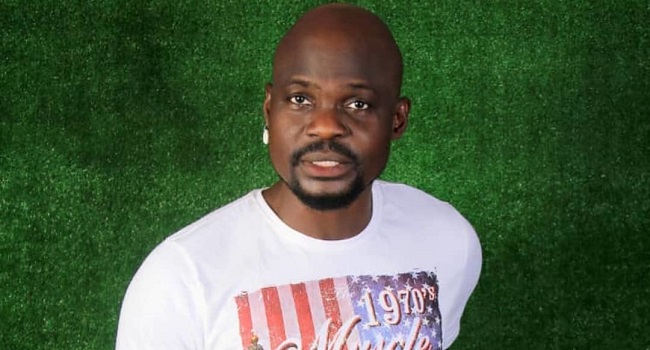
Nollywood actor, Olanrewaju James, popularly known as Baba Ijesha has challenged the credibility of the Closed Circuit Television (CCTV) recordings presented by the prosecution against him.
Through his witness, an expert in CCTV installation and maintenance, Engr. Adeleke Lawrence, Baba Ijesha alleged that the contents of the videos may have been tampered with.
The engineer testified for the defence before Justice Oluwatoyin Taiwo of the Lagos State Domestic Violence and Sexual Offences Court sitting in Ikeja.
The defendant, Baba Ijesha is facing a six-count charge of child defilement bordering on allegations of indecent treatment of a child, sexual assault, attempted sexual assault by penetration and sexual assault by penetration.
While answering questions from the lead defence counsel, Babatunde Ogala (SAN), the expert gave evidence on the workings of the CCTV and other recording devices.
READ ALSO: Super TV CEO’s Murder: We Found Usifo Ataga In Pool Of Blood — Police
Four video recordings of Baba Ijesha were played in court at the request of Ogala.
One of the videos showed Baba Ijesha and the 14-year old in the home of her foster mother, comedienne, Damilola Adekoya popularly known as Princess. It was said to have been recorded in April 2021 before Baba Ijesha’s arrest.
In the video, Baba Ijesha and the minor were seated on a couch for a while, and then they both walked out. When they returned, Baba Ijesha is seen offering the girl a cup of drink, after which he kissed her and drew her close to him. Even though they were both speaking, their voices cannot be heard.
Another video showed the defendant sitting on a couch with the minor, two other men and a woman are seen walking out of the room but again, the video had no audio sound.
A third video showed the defendant sitting on the floor and begging the complainant, Princess.
When the witness was asked his opinion of what he saw, he said: “The gentleman and the lady appeared to be acting the way they were asked to do.”
To transfer recordings from a CCTV, Engr. Adeleke said there must be a hard drive and a computer.
“To transfer from hard drive, it must pass through a computer. In the process of passing through a computer, an error might occur. Along the line, it might lead to editing.
“The one I watched passed through a process of editing. It did not pass through a hard drive. Maybẹ along the line, it was tampered with.
“I am very sure that what we watched may have been tampered with based on the way it was fast forwarded,” the witness said.
Engr. Adeleke also explained that voices heard on the recording after it was forwarded were not from the ‘actors’ in the film but a voice-over from those handling the recording.
When asked to explain the word ‘ins’ seen at the end of a shot, the witness described it as ‘In shot’, an application used in editing videos.
Adeleke said it appeared on the recording because the application was used to edit the video.
The witness also testified the device used to record is either a camcorder or a phone and not a CCTV. He explained that it was not CCTV because of the picture quality. According to him CCTV videos cannot be angle 90 as it has to be by convex or concave.
Under cross examination from the Director of Public Prosecution (DPP), Dr. Babajide Martins, the witness agreed that the content of a CCTV recording cannot be tampered with when used together with devices like Network Video Recording, NVR, and Internet Protocol, IP.
He also agreed with the prosecuting counsel that when the devices are present in the CCTV, the content cannot be tampered with or manipulated.
Engr. Adeleke said that the devices would make the recordings to look clearer, flow smoothly and the camera picture sharp.
The defence witness also agreed with the prosecution that the content of the video recordings would not change no matter the colour. He however said he does not know what a B-Cam, a second camera used in seeing other angle of a recording is.
The witness also agreed with the prosecution that a CCTV made up of a camera, DVR made of fibre, and monitor and hard drive cannot be manipulated.
When asked if what a person said in the recordings could change, the defence witness said it might reduce in voice quality but not ìn content.
Justice Taiwo has adjourned further proceedings in the matter to March 4.


